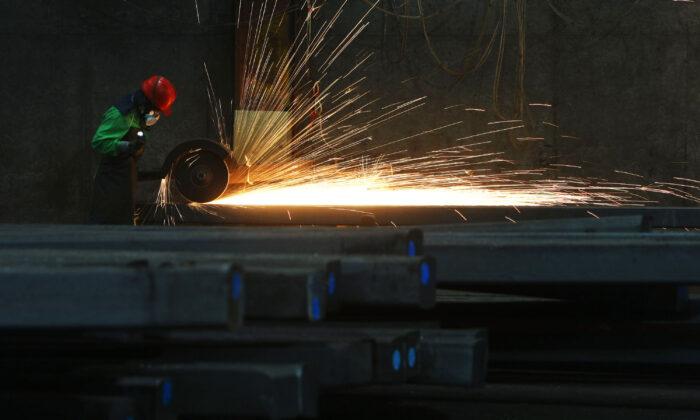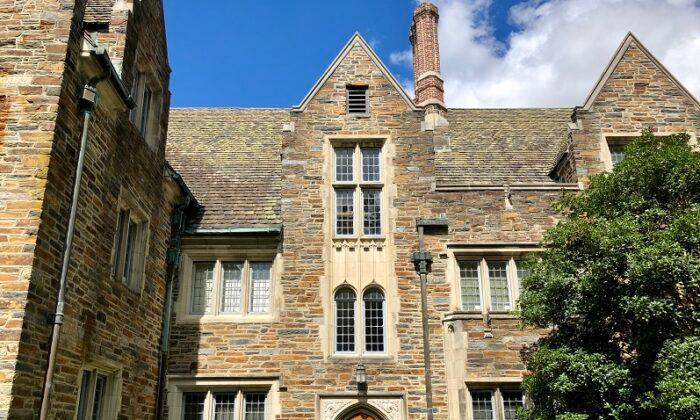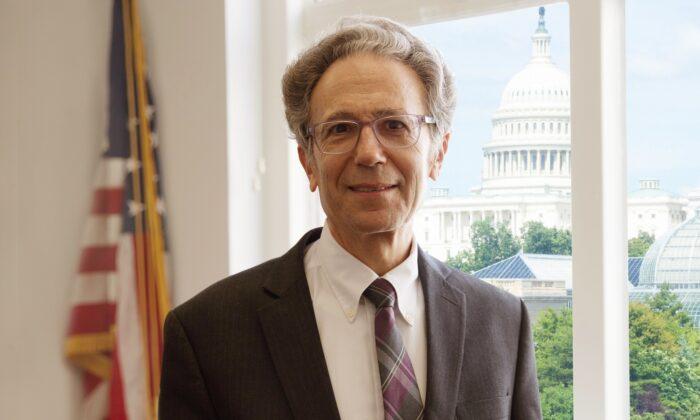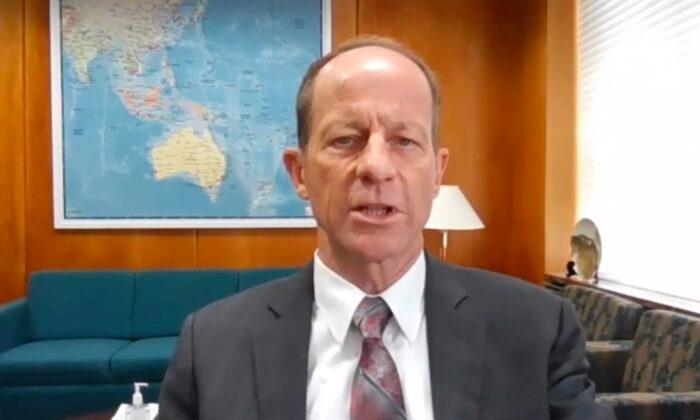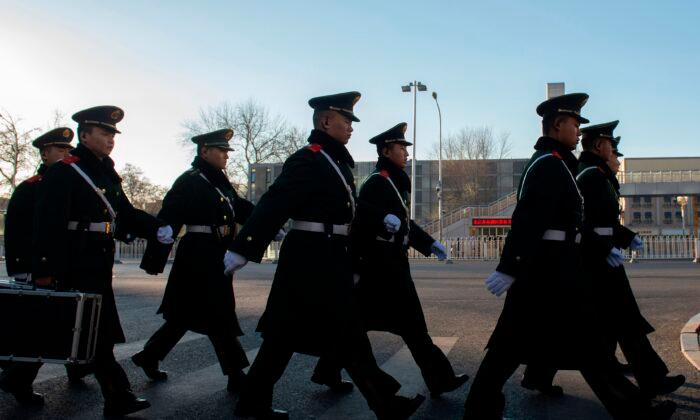China’s secretive state-backed investments are exploiting weak governments, threatening fragile democracies, and undermining the rule of law in Malaysia, Indonesia, and other Southeast Asian nations.
China’s ‘Corrosive Capital’
As China rolls out investments throughout Asia, the Middle East, Africa, and Europe under OBOR, scrutiny of the scale, scope, and impact of those investments has increased proportionately.CIPE describes corrosive financing as “state-backed financing that lacks transparency and accountability flowing from authoritarian states into new and fragile democracies.”
China Fails on Standards for Public Project Financing
CIPE analysts note that standard information that’s easily found in abundance for projects funded by public financing banks such as the World Bank and the Asian Development Bank is largely unavailable for state-financed Chinese projects.The responsibility for this lack of transparency into what are projects of up to hundreds of million dollars isn’t only on the Chinese side, however.
Chinese investors and stakeholders often find that foreign partners also are willing to embrace the Chinese love of secrecy, and the weak governmental regulatory environments of those partners’ nations provide the perfect support mechanism for a corresponding lack of clarity and transparency.
Such is the case in Malaysia, and to some extent, in Indonesia, the CIPE-commissioned reports find. In eight key projects reviewed by British researcher Laurence Todd, data on large Chinese state-backed investment projects in Malaysia ranged from inadequate to completely absent from the record.
In one case cited by Todd, project data was put online for 24 hours and then promptly removed, allowing the Malaysian government to say that the information had indeed been “made public.”
The significance of Chinese state-backed foreign direct investment (FDI) into Malaysia has “completely transformed,” from relatively small levels to growth by several hundred percent over the past six years, Todd stated.
China’s presence in Malaysia isn’t limited to investment.
A Comfortable Fit
The evidence in Malaysia and elsewhere in Southeast Asia points to two conclusions.First, for the Chinese, it’s business as usual. State-backed investments in Southeast Asia seem to be no different than those at home, when measured and evaluated by standards “with Chinese characteristics.” Lack of funding transparency, little attention to feasibility, financial or otherwise, an often-rigged tender process, and no forum for public comment are still largely the norms in mainland China.
Second, therefore, when exporting its investments, it’s no surprise that the format and characteristics of the Chinese domestic model go with it.
From a Chinese perspective, then, investing in a country such as Malaysia is a comfortable fit.
Todd says Malaysian public procurement is woefully inadequate. Failure to conduct open tenders and to perform proper feasibility studies are typical, thus mirroring the Chinese model.
On top of that, governance of Malaysian state-owned enterprises (SOEs), which often partner with Chinese SOEs, is weak. According to Todd, Malaysian SOEs don’t publish annual reports.
Indonesia: On Both Sides of the Fence
Some nations find themselves on both sides of the fence. On one hand, they need inward investment for infrastructure and other development projects, while on the other, they are distrustful of and often displeased with the terms and practices of Chinese companies that bring that investment.Such is the case in Indonesia, according to analyst Mary Silaban.
The growth of Chinese investment in Indonesia has been startling. Inward investment jumped to $3.3 billion in 2017 from $300 million in 2012.
Targeted by China for its huge nickel reserves, China’s capital and willingness to use it in Indonesia’s mining sector has coincided with Indonesia’s desire to develop its downstream mining sector.
In other words, Indonesia was ripe to go from just mining nickel to processing it in-country, thus deriving the added value that being a producer brings.
Nickel is key to the production of batteries for electric vehicles (EVs). Indonesia has the some of the largest nickel deposits in the world, while China has the fastest-growing EV market.
Silaban sees both sides.
The massive nickel-based industrial park built by China’s Tsingshan Group, along with its local partner Bintang Delapan Group, includes its own ports, hotel, and power plants, according to Silaban’s report.
Employing 32,000 people, Silaban said the park “is the kind of project that doesn’t happen in years” because of Indonesia’s bureaucratic red tape.
“This is a wow project for us,” she said.
But there are downsides to resolve. It’s thought that the park employs illegal labor from mainland China. There are also reports that mining is being carried out in protected forests.
Equally troubling, the price of nickel is being controlled by the Chinese, Silaban says.
With too many sellers of nickel but only two major buyers, both of whom are Chinese, the price of nickel is being driven down.
Crony Politics
In the end, the effect of what CIPE calls “corrosive capital” may be seen in a report by metals specialist Rick Mills on the website republicofmining.com.“Is it any coincidence that Indonesia decided in September to ban nickel ore exports, just a few weeks after a meeting between Indonesian President Joko Widodo and ... Xiang Guanda, who ... runs Tsingshan Holding Group?
“We think not. Tsingshan is the world’s biggest stainless steel-maker, and has substantial investments in Indonesian nickel.”
Keeping nickel in Indonesia for Tsingshan to process, regardless of the lower price the Indonesian government may get compared to the export price, seems to have won favor with Indonesia’s president.
CIPE states in its report that “among the most problematic characteristics of state-backed money from China is secrecy.”
It could equally be said that one of the most problematic characteristics of Chinese state-backed money is its ability to corrode governance and democracy in the countries it targets.
